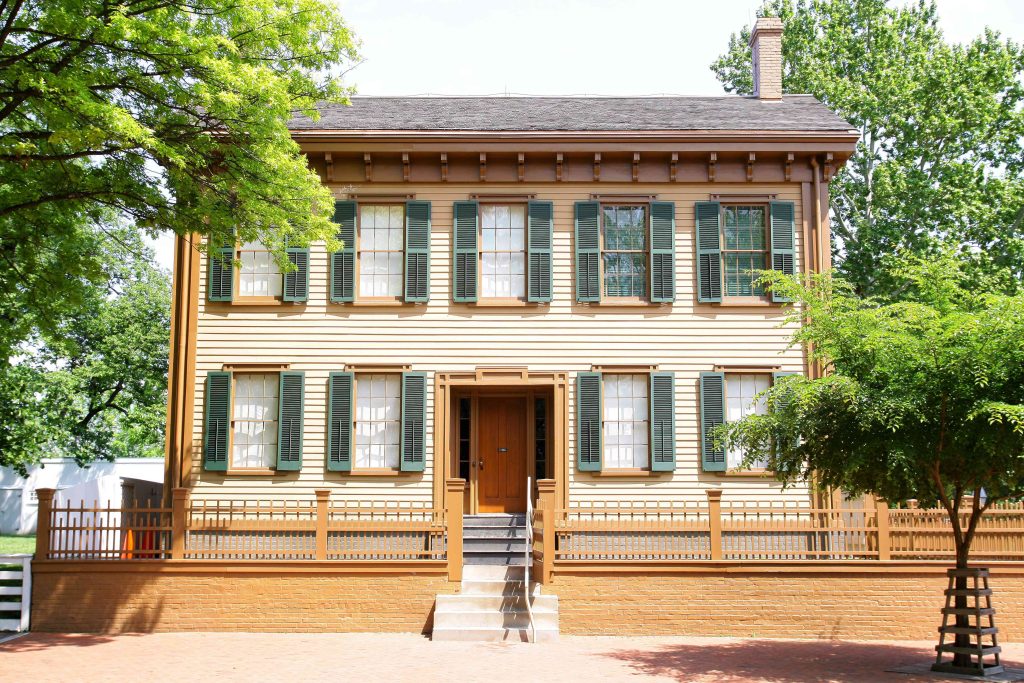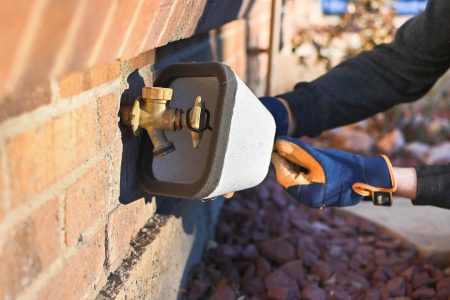Pinpointing a home’s birthday may be difficult. Written records of construction and renovation are often confusing and conflicting—and people’s memories are even worse than that. The real estate lady says the house was built in 1972. The man down the street remembers when your house was being built in 1952. But one look at the kitchen, and you know they’re both wrong.
Unless you have personally witnessed the construction, your house could be any age. Or could it? To make sense of it all and verify your instincts, you need to be an architecture sleuth. Here are some ways you can do it.
Identify the Visual Character of the Building
The first “private eye” skill to hone is your power of observation. Detectives look at everything, every piece, before forming theories about how they fit together. Your architectural sleuthing skills will steadily improve as you practice your observation skills and learn how to pay attention to all the details.
Older houses are almost never built all in one piece and all at one time. Rooms are added, additions built, roofs raised, and porches redesigned. Abraham Lincoln’s home in Springfield, Illinois is a more typical example of the American home—it started as a one-story Greek Revival style, and now it’s a two-story home, missing its classical columns but now sporting corbels in the eaves of an overhanging roof.
Every building has its own identity displayed inside and out. The U.S. Department of Interior’s “Preservation Brief 17 about Architectural Character” shows you how to determine the distinctive character of an old building. What are you looking for? “Character-defining elements,” says the brief, “include the overall shape of the building, its materials, craftsmanship, decorative details, interior spaces, and features, as well as the various aspects of its site and environment.”
Try to Identify the Architectural Style of Your House
Look at the shape of the roof and the placement of the windows. Explore web resources or books such as “A Field Guide to American Houses” by Virginia and Lee McAlester. Compare the way your house looks with these style guides. Knowing the style of your home will help you place it in a historic period and a range of years when that style house was popular in your neighborhood.
Examine the Physical Evidence
The building materials and construction methods used for your home contain many clues. Homeowners can do their own investigation and brush up on architectural history. For example, an American bungalow house with a concrete block foundation could be made from homemade cast concrete blocks, rusticated to look like stone. During the early 1900s, molded concrete blocks were popularized by Harmon S. Palmer’s patented invention of the hand-operated molding machine. These machines were sold through mail-order catalogs such as Sears, Roebuck & Co. and made on site. Brushing up on the history of architectural concrete blocks can provide a surprisingly effective tool for dating the construction date of a home since the foundations are one element that is very likely to be original.
A trained investigator can also date a house by studying its wood, plaster, mortar, and paint. Laboratories can analyze the age of these elements and pick apart layers of paint. Preservation Brief 35: “The Process of Architectural Investigation” from the U.S. Department of Interior was written as a primer for the pros, but it is also a handy guide for the curious homeowner or conscientious realtor.
Also, examine the wall placement and perceived changes in the floor plan. A quick understanding of the history of closets reveals that bedroom closets didn’t even exist in modest homes until the 20th century—people used furniture to store clothes since they didn’t own as much clothing as we do today.
Check the Title
If your house is very old, the title or property deed may not list all the previous owners. However, it can provide the name of the most recent previous owner—and this information will help you locate people who can answer some of your questions. People are apt to make changes to a house as soon as ownership is transferred, so knowing when your home changed hands might indicate when remodeling occurred.
Ask Around
Talk to descendants of the previous owners, neighbors, senior citizens at lunch, local carpenters and plumbers, and anyone else who might know something about the house. Their memories might be faint, but someone may have an old photograph, a bill, or written correspondence that will help place your house in time.
Visit the Tax Assessor
Property that is taxed as land always has a parcel number attached to it—usually an odd-looking number with dots and dashes. This is your ID that opens the door to a wealth of public records about your home.
The tax roll for your home is located at your local city hall, town hall, county courthouse, or municipal building. This document will list each person who owned your property, and the value of the property. Over the years, the value usually climbs at a steady pace. An abrupt increase often means that new construction occurred. The year your property became more valuable may, in fact, be the year your house was built on a previously empty lot.
Visit Your County Registry of Deeds
While you’re downtown, stop into the registrar’s office and ask to see the tract index or a grantor-grantee index for your house. In simple language, this means that you are asking to see a listing of transactions involving your property. In addition to providing dates, these records will give you the names of everyone who ever purchased the land your house is on—or whoever filed a lawsuit against it.
Follow the Paper Trail
By this time, you probably already have a pretty good idea about the age of your house. Research is fun, though. You may not be able to resist scouting out nuggets of information buried in resources like these:
- Biographies of people who lived in your area
- Guidebooks of your town
- Local newspapers
- Census records
- City directories and phone books
- Academic papers
- Family bibles and genealogies
- Insurance records
- Wills and probate records
- City plans and feasibility studies
Be an advocate for archiving or digitizing paper records. In our age of information databases, physical space is at a premium. But not all of the old paper records have yet been transferred to computer-readable formats—and they may never be.
Still Stumped?
You can always try an old trick that real estate agents often use: Check your toilet. Lift the lid of the tank and look for a date. If your house is fairly new, the toilet date will correspond closely to the construction date. And if your house is even older than that, at least you’ll know when the bathroom was last remodeled.
Read the full article here









